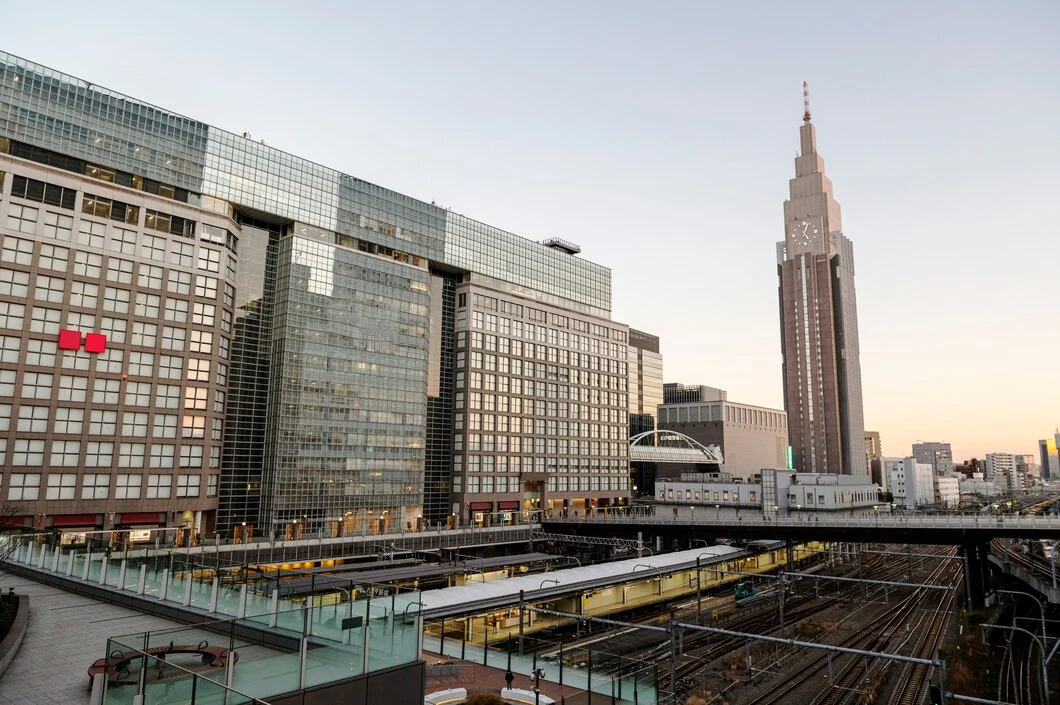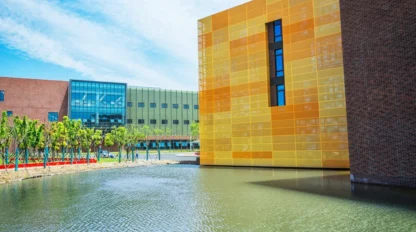Revitalizing Cleveland: Urban Renewal Projects & Their Impact

Cleveland, a city steeped in industrial history, has experienced periods of decline and resurgence. Urban renewal projects have played a crucial role in reshaping the city’s landscape and impacting its communities. This article explores the history of urban renewal in Cleveland, highlighting key projects, their impact, and the lessons learned for future development.
A City in Transition: The Need for Urban Renewal
In the mid-20th century, like many American cities, Cleveland faced challenges such as population decline, industrial job losses, and urban decay. These factors led to deteriorating housing conditions, blight, and a declining tax base. Urban renewal emerged as a strategy to address these issues, aiming to revitalize the city and improve the quality of life for residents.
Early Urban Renewal Efforts in Cleveland
One of Cleveland’s earliest and most ambitious urban renewal projects was Erieview, launched in 1960. This plan sought to transform a large area northeast of downtown by clearing blighted areas and constructing modern office buildings, apartments, and public spaces. While Erieview achieved some success in attracting businesses and creating a new skyline, it also faced criticism for displacing residents and disrupting existing neighborhoods.
Another significant project was the construction of the Gateway Sports and Entertainment Complex in the 1990s. This development, which includes Jacobs Field (now Progressive Field) and Rocket Mortgage FieldHouse, aimed to revitalize downtown Cleveland and attract visitors. While the Gateway complex has been successful in stimulating economic activity and creating a vibrant entertainment district, it also raised concerns about the displacement of low-income residents and the prioritization of commercial interests over community needs.
The Housing Act of 1949 and its Impact on Cleveland
The federal Housing Act of 1949 provided funding and legal frameworks for cities to undertake urban renewal projects. In Cleveland, this led to the clearance of large swaths of blighted areas, often displacing residents and demolishing historic structures. While the intention was to replace slums with modern housing and infrastructure, the results were mixed. Some projects, like Carver Park and Outhwaite, provided new housing opportunities for low-income residents, but they also faced challenges with concentrated poverty and social isolation.
Rethinking Urban Renewal: A Shift Towards Community-Driven Approaches
Over time, the approach to urban renewal in Cleveland has evolved. There has been a growing recognition of the importance of community engagement, historic preservation, and sustainable development. Projects like the redevelopment of Public Square and the creation of the Cleveland Foundation Centennial Trail demonstrate a shift towards creating public spaces that enhance the quality of life for residents and promote connectivity.
The Role of Public-Private Partnerships
Public-private partnerships have become increasingly important in Cleveland’s urban renewal efforts. Organizations like Grandview homes the Downtown Cleveland Alliance and the Cleveland Neighborhood Progress play a vital role in bringing together public and private resources to support revitalization projects. These partnerships have facilitated investment in housing, infrastructure, and public spaces, contributing to the ongoing transformation of the city.
Lessons Learned and Future Directions
Cleveland’s experience with urban renewal offers valuable lessons for other cities. The importance of community involvement, the preservation of historic resources, and the need for equitable development are key takeaways. Future urban renewal efforts should prioritize creating inclusive and sustainable communities that benefit all residents.
Looking ahead, Cleveland can build on its successes and learn from its past to create a more vibrant and equitable city. This includes:
- Focusing on neighborhood revitalization: Investing in existing neighborhoods to improve housing, infrastructure, and public spaces.
- Promoting mixed-income housing: Creating diverse housing options to prevent concentrated poverty and promote social inclusion.
- Supporting small businesses and entrepreneurs: Fostering economic development that benefits local communities.
- Prioritizing sustainability: Incorporating green infrastructure and sustainable practices into urban renewal projects.
By embracing these principles, Cleveland can continue its journey of revitalization and create a city that is truly thriving for all its residents.
